AI Text to Image Generator – Start your Free Trial and Create Beautiful Designs
Create the perfect images for your next project. Start for free.

It can be hard to find the right images for your project. Stock photos are great, but you can’t always find the right pictures. Designing your perfect images is time-consuming. AI Text to Image Generators can help.
The best thing about it is that these AI Art Tools are evolving rapidly. Start your free trial, play around and know that the AI Tools are only getting better from this point forward. Fast!
Here’s how AI Text to Image Generators Work [Video Tutorial]
In this article
- Voici comment fonctionnent les générateurs de texte en image AI [Tutoriel vidéo]
- Exemples de texte en image IA
- Cas d'utilisation du générateur de texte en image AI
- Les meilleurs générateurs de texte en image alimentés par l'IA
- 1. StoryLab.aiGénérateur de texte en image alimenté par l'IA
- 2. Générateur d'images IA de Freepik
- 3. Générateur de texte en image Writersonic / Photosonic AI
- 4. Générateur de texte en image Shutterstock AI
- 5. Générateur de texte en image AI hypoténuse
- 6. Générateur de texte en image ArtSmart AI
- Meilleures pratiques du générateur de texte en image AI
- L'avenir des générateurs de texte en image IA
- QFP
- Articles connexes

AI text-to-image generators are a type of artificial intelligence technology that can create visual images from textual descriptions. This technology uses advanced algorithms, often based on machine learning models, to interpret and visualize the content described in text. Here are some key aspects of these generators:
- Deep Learning Models: They typically use deep learning models like Generative Adversarial Networks (GANs) or variations of Transformer models. These models are trained on large datasets of images and their descriptions to learn how to generate accurate and realistic images.
- Understanding Context: The AI must understand the context and semantics of the text input (prompt) to generate relevant images. This involves natural language processing (NLP) capabilities.
- Creative Flexibility: Users can input a wide range of text descriptions, from simple objects to complex scenes or abstract concepts. The AI then attempts to create an image that matches that description.
- Image Quality and Style: The quality and style of the generated images can vary. Some models can mimic specific artistic styles or produce high-resolution images.
- Applications: These generators have numerous applications, including in art and design, entertainment, education, and assisting artists and creators with visualizing ideas.
- Ethical Considerations: As with any AI technology, there are ethical considerations, including the potential for misuse (like creating misleading images) and copyright issues surrounding the generated content.
Overall, AI text-to-image generators represent a significant advancement in the intersection of AI, art, and creativity, offering exciting possibilities and also raising important questions about the use and impact of such technology.
AI Text to Image Examples
Let’s have a look at a couple of cool example of pictures created with an AI Text Image Generator:

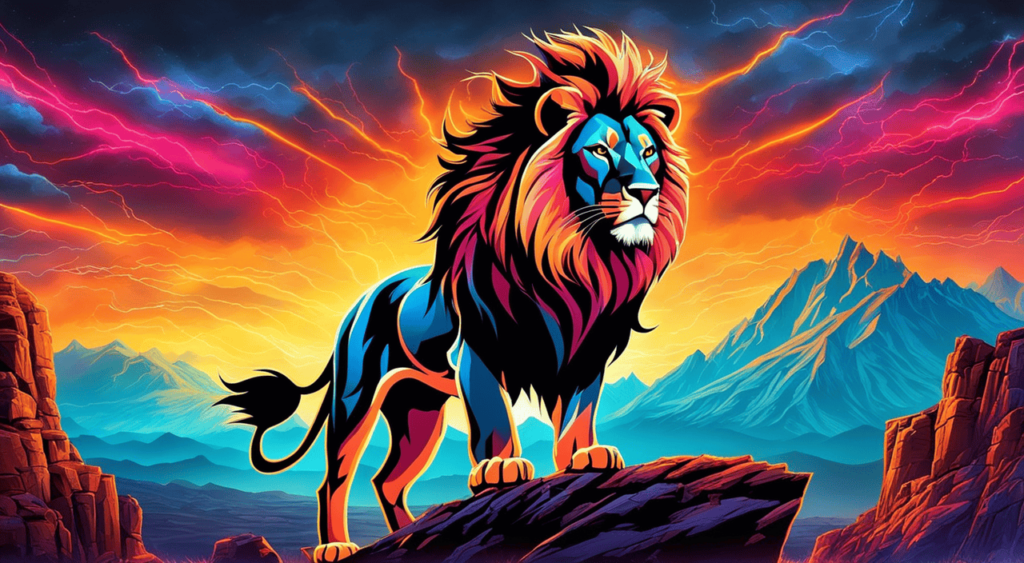

AI Text to Image Generator Use Cases
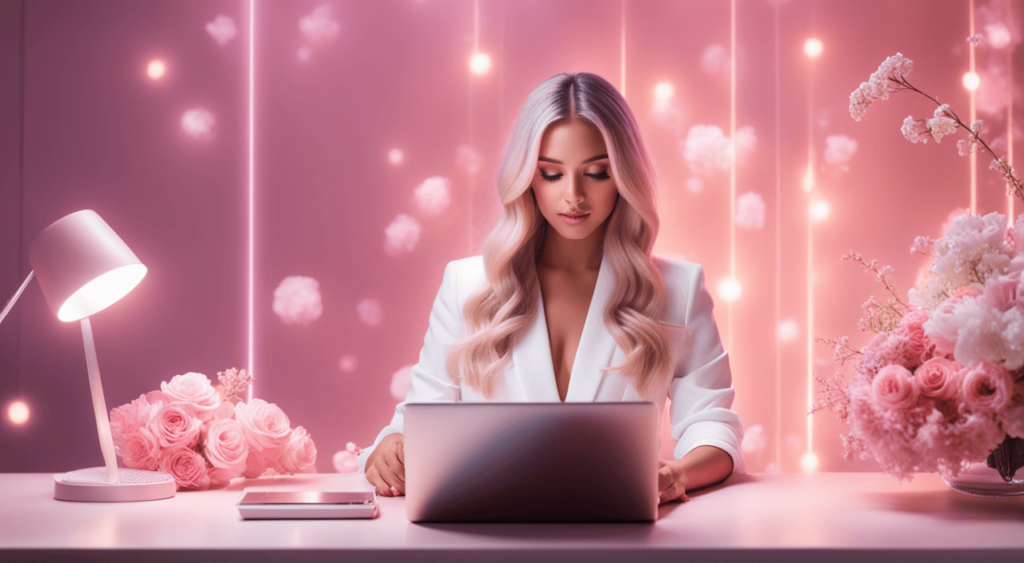
AI text-to-image generators have a wide array of practical and innovative use cases across various fields:
- Graphic Design and Art: Artists and graphic designers can use these tools to quickly generate visual concepts from descriptions, aiding in brainstorming and inspiration. It can also democratize art creation, allowing those without traditional artistic skills to bring their visions to life.
- Advertising and Marketing: In advertising, AI generators can swiftly produce images for campaigns or social media content based on creative briefs, saving time and resources.
- Film and Animation: Filmmakers and animators can use these tools for creating storyboards or concept art, helping to visualize scenes and characters during the pre-production phase.
- Education: Educators can use these generators to create visual aids and materials that help in explaining complex concepts, especially in subjects like history, literature, or science.
- Gaming: Game developers can use AI to generate textures, backgrounds, or even character concepts, speeding up the game development process.
- Fashion Design: Fashion designers can explore new patterns, designs, and even entire clothing lines using descriptive text, pushing the boundaries of creativity.
- Architecture and Interior Design: These tools can assist in quickly visualizing architectural designs or interior decor based on specific descriptions or themes.
- Publishing: For authors and publishers, AI-generated images can provide book covers or illustrations that closely match the content of their written work.
- Research and Development: Researchers can use these tools to visualize data or concepts, especially in fields like astrophysics or molecular biology where physical observation is challenging.
- Personal Use: Individuals can create personalized artwork, gifts, or even visual representations of their own stories and ideas.
The potential of AI text-to-image generators continues to expand as the technology evolves, opening up new possibilities for creativity and practical applications in various industries.
The Best AI-Powered Text-To-Image Generators
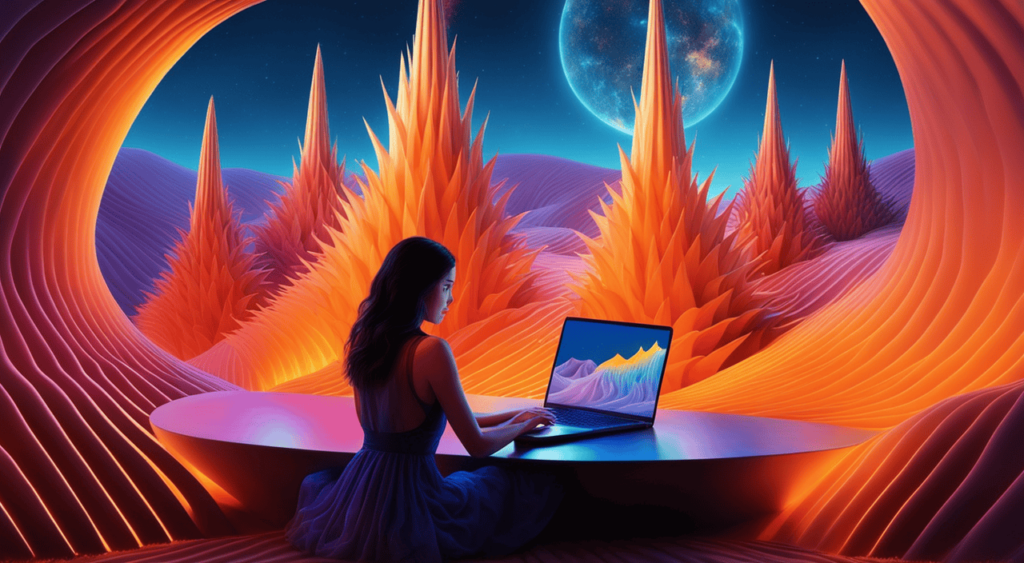
There are quite a some AI-Powered Text-To-Image Generators to choose from and they’re getting better, fast! Our goal is not to present you with a massive list of AI Tools but rather to narrow it down to a couple of great ones.
Check out our list below.
Enjoy!
1. StoryLab.ai’s AI-Powered Text-To-Image Generator
StoryLab.ai has nearly 100,000 users and has been developing its tools for years. So maybe you’ve already used StoryLab.ai’s Social Media Caption Generator, YouTube Description Generator, or another cool AI Tool.
Set up a free account and simply enter what type of image you want to create and the AI Text-To-Image Creator will do the work.
Here’s how it works.
Let’s say we want to create an image for an article or social post about marketing or tech. I simply enter ‘happy person typing on a laptop, digital art’ and let AI do the work’. The better you describe what your image should be about (prompt), the better the output.
Here’s what the AI Image Maker Generated for us:

2. Freepik’s AI Image Generator
Freepik, founded in 2010, has grown exponentially over the years into a well-established hub of creativity with a mission to make great design accessible for everyone.
Its expansion into artificial intelligence has led to Freepik’s AI image generator, bringing millions of users into a magical realm of creative freedom.
Using its powerful text-to-image AI model, users are prompted to write detailed visual descriptions into the provided text box. Once you hit the generate button, an infinite scroll of high-resolution outputs fill your screen.
Try Freepik AI Image Generator
Premium members will benefit from more outputs per day and access to other innovative features found on the platform.
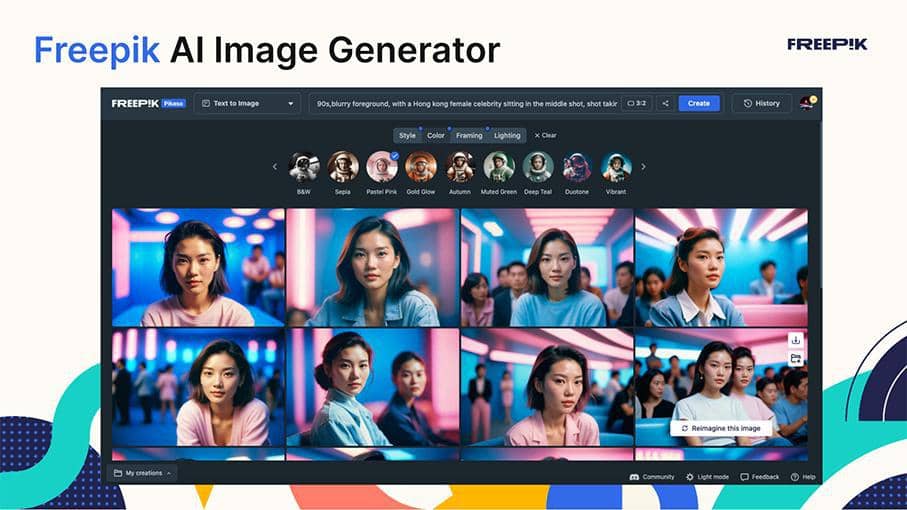
3. Writersonic / Photosonic AI Text To Image Generator
Unleash your creativity on the screen with the AI Art Generator of Writersonic / Photosonic.
Design something completely unique and unprecedented. Let Writesonic’s AI art generator serve as your artistic tool, eliminating the need to search for stock images and wait for weeks to receive new creative assets. Embrace a new era of limitless possibilities in your artistic endeavors.
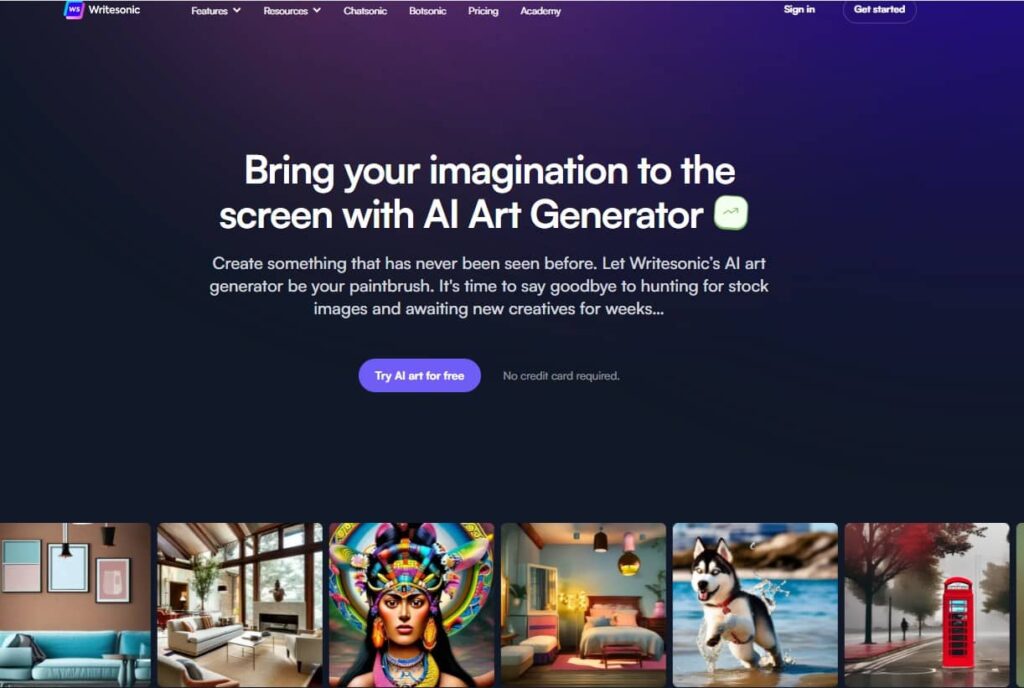
4. Shutterstock AI Text To Image Generator
Shutterstock is known for their premium Stock Photo Database, but they also added a Creative AI Workflow (Including an AI Text to Image Generator) to their product line.
Find out if Shutterstock’s AI Tool and Stock Images is perfect for your next creative project.
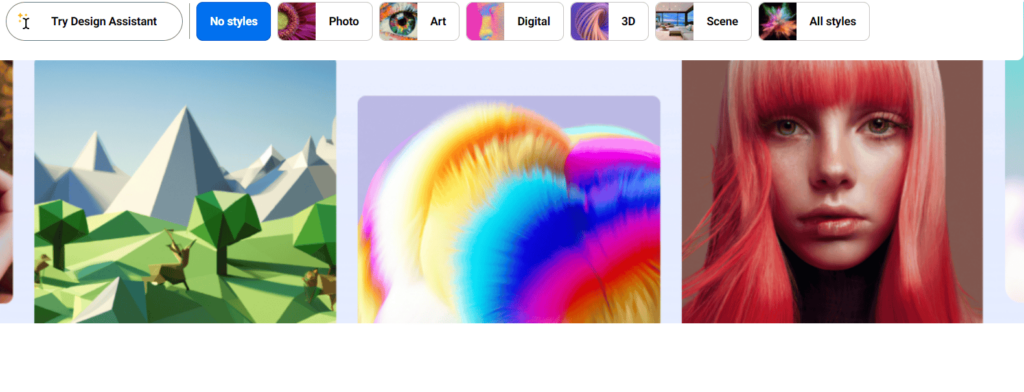
5. Hypotenuse AI Text To Image Generator
Produce breathtaking and entirely unique images in an instant with Hypotenuse AI’s Text To Image Generator.
Unleash the creativity from and effortlessly generate images and art for any situation using our state-of-the-art text-to-image AI generator.

6. ArtSmart AI Text To Image Generator
ArtSmart is a great AI Art maker based on Text-To-Image Technology, but you can do more than just creating breathtaking images from your text input. Here’s a list of features they have at the moment and they’re working hard on improving and adding new features:
- Text to Image
- Image to Image
- Image to Prompt
- Inpainting
- Outpainting
- Face Enhance
- Image Upscaler
- Background Remover
- Pose Copycat
- Pose Perfect
ArtSmart AI does not offer a free trial but they do have a 30-day money-back guarantee.
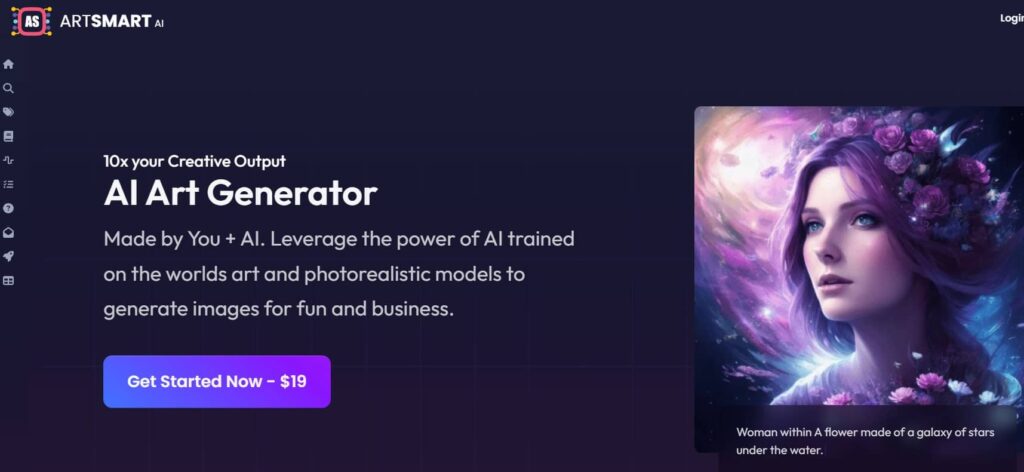
AI Text-To-Image Generator Best Practices
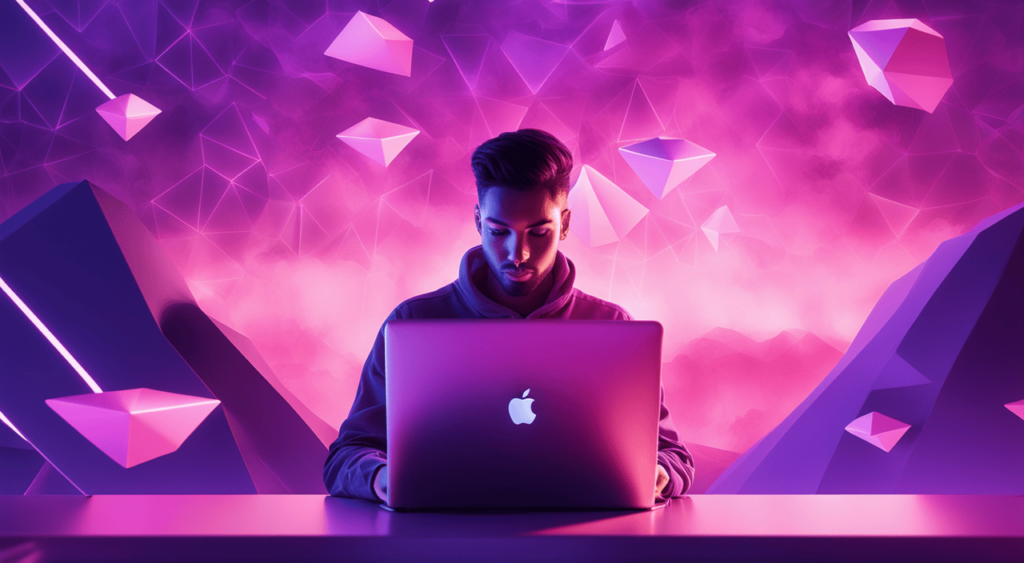
When using AI text-to-image generators, adhering to best practices is crucial for maximizing their effectiveness while also addressing ethical and practical considerations. Here are some key best practices to follow:
- Clear and Detailed Descriptions: Provide clear, detailed, and unambiguous text descriptions. The more specific the description, the more accurate the generated image is likely to be.
- Ethical Use: Avoid using these tools to create misleading images, deepfakes, or content that infringes on others’ rights or promotes harmful stereotypes.
- Respect Copyrights and Intellectual Property: Be mindful of intellectual property rights. Avoid generating images that replicate the distinct style of specific artists or use copyrighted characters or trademarks without permission.
- Test and Iterate: Often, the first generated image may not fully meet your expectations. Experiment with different phrasings or details in your descriptions to refine the results.
- Understand Limitations: Recognize the limitations of the technology. AI-generated images might not always perfectly interpret complex or abstract concepts.
- Use for Inspiration and Ideation: Utilize these tools as a starting point for creativity and ideation, especially in fields like design, art, and content creation.
- Privacy Considerations: Be cautious about inputting sensitive or private information into the generator, especially if using a public or cloud-based service.
- Stay Informed about Developments: The field of AI is rapidly evolving. Stay informed about the latest advancements and changes in AI text-to-image technology to leverage its full potential.
- Educational Use: In educational settings, use these generators to enhance learning, but also educate students about the technology, its capabilities, and its limitations.
- Balance with Human Creativity: While AI can be a powerful tool, it’s important to balance its use with human creativity and judgment, especially in subjective fields like art and design.
By adhering to these best practices, users can effectively and responsibly utilize AI text-to-image generators, exploring their potential while maintaining ethical and practical integrity.
The future of AI Text to Image Generators
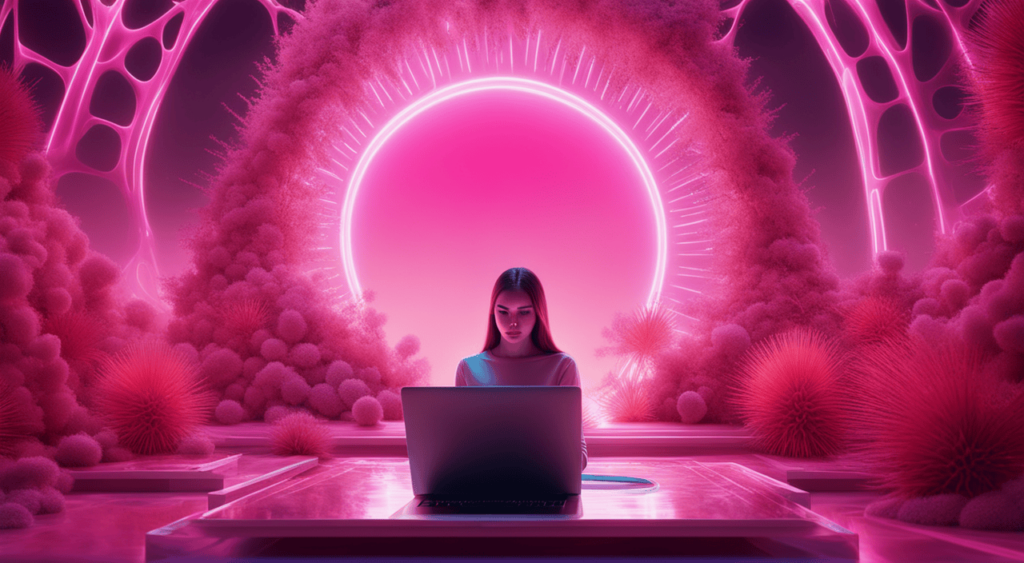
The future of AI text-to-image generators appears to be incredibly promising and dynamic, with several advancements and expanding applications anticipated:
- Improved Realism and Detail: As AI models become more sophisticated, the images they generate are likely to achieve even greater levels of realism and detail. This will enhance their utility in professional fields such as graphic design, filmmaking, and architecture.
- Enhanced Customization and Control: Future developments may offer users more control over the nuances of the generated images, such as style, composition, and color schemes. This could lead to more personalized and precise outputs.
- Integration with Virtual and Augmented Reality: AI-generated images could be integrated with VR and AR technologies, creating immersive experiences in gaming, education, and training simulations.
- Greater Accessibility and User-Friendliness: As the technology becomes more mainstream, we can expect more user-friendly interfaces that make these powerful tools accessible to non-technical users, including hobbyists and educators.
- Ethical and Responsible Use: With the growing capabilities of these generators, there will be an increased focus on ethical considerations, such as preventing the creation of misleading or harmful content and respecting intellectual property rights.
- Expansion in Artistic Exploration: Artists may increasingly use AI as a collaborator in the creative process, exploring new forms of digital art and expanding the boundaries of artistic expression.
- Interdisciplinary Research and Collaboration: The field is likely to see more interdisciplinary research, combining insights from computer science, cognitive psychology, and art theory to enhance the capabilities of these generators.
- Custom Content Creation: In marketing and advertising, these tools could be used for creating highly customized content that resonates with specific audiences, revolutionizing the way brands interact with consumers.
- Automated Content Generation: For content-heavy industries like news, publishing, and social media, AI text-to-image generators could automate the creation of relevant visual content, significantly speeding up production workflows.
- Collaboration with Other AI Technologies: Integration with other AI technologies, like natural language processing and voice recognition, could lead to more advanced and interactive applications.
In summary, the future of AI text-to-image generators is likely to be marked by significant technological advancements, increased accessibility, and a broadening of applications across various sectors. This evolution will not only enhance the practical uses of these tools but also raise important discussions around their ethical and responsible use.
FAQ
What is an AI Text-To-Image Generator?
An AI Text-To-Image Generator is a tool that uses artificial intelligence to create images from textual descriptions, employing advanced algorithms to interpret and visualize the described concepts.
How does an AI Text-To-Image Generator work?
It works by processing natural language input and using machine learning models, often trained on vast datasets of images and text, to generate visual representations of the described text.
What are the applications of AI Text-To-Image Generators?
Applications include graphic design, art creation, educational tools, visual content for marketing, aiding visually impaired individuals, and entertainment.
Can AI Text-To-Image Generators create complex images?
Advanced generators can create complex and detailed images, but the quality and accuracy depend on the input detail and the sophistication of the AI model.
How accurate are AI Text-To-Image Generators?
Accuracy can vary based on the tool and input. Some generators are quite sophisticated and can produce highly accurate representations, while others might be more abstract.
What is the role of machine learning in AI Text-To-Image Generators?
Machine learning, especially deep learning models like GANs (Generative Adversarial Networks), plays a critical role in interpreting text and generating relevant images.
Are AI Text-To-Image Generators accessible to non-technical users?
Many such generators are designed with user-friendly interfaces, making them accessible to non-technical users for various creative or practical applications.
How do AI Text-To-Image Generators impact the creative industry?
They offer new tools for creativity and efficiency in the creative industry, though they also bring discussions about the originality and ethics of AI-generated art.
Can AI Text-To-Image Generators create animations?
Some advanced generators are capable of creating simple animations or sequences of images based on text descriptions, but this area is still evolving.
What are the limitations of AI Text-To-Image Generators?
Limitations include potential inaccuracies in complex visualizations, ethical concerns over use and ownership, and the need for high-quality input text for best results.
How do AI Text-To-Image Generators handle abstract concepts in descriptions?
These generators interpret abstract concepts by referencing their training data to create visual representations, though the results may vary in clarity and accuracy depending on the abstractness.
Can AI Text-To-Image Generators be used for educational purposes?
Yes, they can be used to create visual aids for educational materials, especially to illustrate complex ideas or scenarios that are hard to capture with standard photography or graphics.
What impact do AI Text-To-Image Generators have on graphic design?
They can significantly speed up the design process, provide inspiration, and assist designers in visualizing concepts, though they don’t replace the nuanced creativity of human designers.
How does the quality of input text affect the output of these generators?
The clarity, detail, and specificity of the input text greatly influence the quality and relevance of the generated images, with more detailed descriptions typically yielding better results.
Are images generated by AI Text-To-Image Generators royalty-free?
The royalty status depends on the tool’s policy and usage terms. Some may offer royalty-free images, while others might have specific licensing requirements.
How can businesses use AI Text-To-Image Generators in marketing?
Businesses can use these tools for creating unique visual content for advertisements, social media posts, and website graphics, enhancing the visual appeal of their marketing materials.
What are the ethical considerations of using AI Text-To-Image Generators?
Ethical considerations include concerns about copyright and originality, potential misuse for creating misleading images, and ensuring proper credit to the AI tool and its developers.
Can AI Text-To-Image Generators create personalized images?
Yes, they can create personalized images based on specific text inputs, allowing for customization that can be used in personalized marketing or unique user experiences.
What advancements are expected in AI Text-To-Image Generation technology?
Future advancements may include improved accuracy in visual representation, handling more complex and abstract inputs, and integration with other AI technologies for more dynamic creations.
How do AI Text-To-Image Generators impact content creation on digital platforms?
They offer new possibilities for rapidly creating diverse and unique visual content for blogs, social media, and other digital platforms, potentially changing the landscape of digital content creation.
What challenges do AI Text-To-Image Generators face in image accuracy?
Challenges include interpreting the nuances of language, dealing with ambiguous or contradictory text, and ensuring images accurately reflect complex descriptions.
How user-friendly are AI Text-To-Image Generators for general audiences?
Many AI image generators are designed to be user-friendly, with simple interfaces that allow users with no technical background to generate images from text easily.
Can AI Text-To-Image Generators create branded content for businesses?
Yes, they can be used to create branded content by incorporating specific brand elements, colors, and themes as described in the text inputs.
What types of text inputs work best with AI Image Generators?
Clear, descriptive, and detailed text inputs typically yield the best results, as vague or overly general descriptions can lead to less accurate image generation.
How do AI Text-To-Image Generators handle complex scenes or multiple elements?
Advanced generators can handle complex scenes by segmenting different elements described in the text, though this may vary based on the tool’s sophistication.
Are there limitations in the styles of images AI generators can create?
While versatile, AI generators may have limitations in creating certain artistic styles or highly stylized images, depending on their training data and algorithms.
How can AI Text-To-Image Generators aid in prototyping and concept development?
They can quickly generate visual prototypes or concept art based on descriptive inputs, aiding in the early stages of product development, storyboarding, or design.
What is the potential for AI Text-To-Image Generators in the entertainment industry?
In entertainment, these tools have potential for creating concept art, visual effects, storyboarding, and other visual elements for games, movies, and digital media.
Can these AI tools generate images for specific industries like fashion or architecture?
Yes, with appropriate training and input, AI generators can produce industry-specific images, such as fashion designs or architectural concepts.
How do AI Text-To-Image Generators maintain a balance between creativity and accuracy?
These tools balance creativity and accuracy by using complex algorithms to interpret the text creatively while adhering to the factual details and context provided in the input.
Create more and better content
Check out the following resources and Grow!